“The other sort of big summer movies often feel to me like it’s about one race, one credo and one country saving the world, and I wanted to make it about the world saving the world, no matter what skin color you have, what race you have, what belief you have — everybody in the movie saves the world, and we created a very equal structure…” — Guillermo del Toro, speaking to Salon.
In spite of Pacific Rim director Guillermo del Toro’s diplomatic observations about the sad racial and geopolitical architecture of Hollywood’s summer blockbusters, his Pacific Rim does not want for just such stereotypes. There is the fact that an entire hour of film passes during which only a few lines are spoken by a woman – this in a film whose marketing materials sell it with a female co-star. And there’s the stereotype-affirming white guy-submissive Asian female duo (alternative film title: South Pacific Rim). It seems, in del Toro’s “very equal structure” of world-saving, a vagina is as much a threat to the world as the “breach” on the sea floor from which monsters crawl forth.
Then there is the China problem.
With a name seemingly leftover from what was supposed to be a China scene from Real Steel, Pacific Rim’s Chinese “jaeger” robot is called Crimson Typhoon. (“Red Typhoon” was maybe too over the top, and anyway it had already been used in a Lily Cai Chinese Dance Company production commentary on the 40th anniversary of the Chinese Cultural Revolution.) It’s manned by three Chinese jaeger drivers who are identical triplets (played by Toronto’s Charles, Lance and Mark Luu). Yes, while every other jaeger in Del Toro’s culturally-sensitive world of Pacific Rim is operated by a pair, China’s bot is piloted by three men who quite literally — get ready for it – look the same.
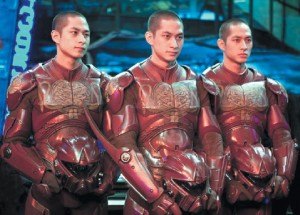
Proving how little movement American pop culture has made with regard to China in the last century, the casting of the Crimson Typhoon terra-cotta army of three calls to mind Five Chinese Brothers, Claire Bishop’s 1938 children’s book for Americans.
Five Chinese Brothers‘s plot turns on five Chinese siblings who hatch a plot to save one of their own from charges of negligent homicide. The key to their scheme is that they all look so identically alike they can confuse authorities. The book features illustrations as culturally informed as Little Black Sambo, and was a fixture in US primary school classrooms as late as the 1980s. In many places, it still is.
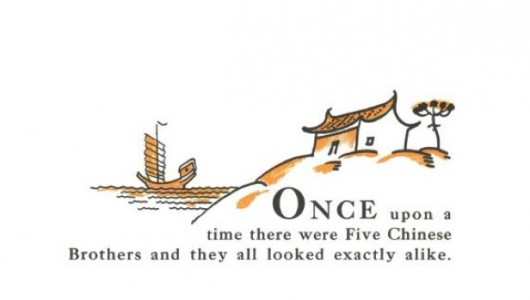
But then, what can be expected from a film that casts Ron Perlman as “Hannibal Chau.” (Not for nothing, the original script described Chau as Asian.) On the bright side of progress, Pacific Rim is no Dragon Seed, Conqueror or Tea House of the Yellow Moon. And, anyway, to paraphrase Pacific Rim supporting star Charlie Day’s regular gig, “A lot of great actors have done Asian face.”
It’s a testament to Del Toro’s range that it’s difficult to decide which is worse, the identical Chinese pilots or the white man who’s been cast to deflect charges of prejudice from a Chinese villain that embodies every Chinese Exclusion Act-era, Fu-Manchu, wake-up-without-a-kidney trope about the underhanded Chinese. Chau black markets in powdered kaiju horn for male potency — hint hint! — and opines on how his Chinese customers are more or less savages, treating the kaiju as gods. Just to make sure the stereotypes sink in, the one Chinese extra who gets a line in the underground shelter with Charlie Day is dressed in a traditional peasant jacket with her hair in pigtails straight out of the Cultural Revolution era. The Chinese elements of the film are not “ninja pussy”-level stereotypes, but then, when that’s the yardstick… And let’s not even get into the ironic flipped script on the American nuclear metaphor underlying the most famous kaiju of all time (Godzilla) and the uncomfortable “immigration” walls and Pacific menace metaphor floating just under the waves in Pacific Rim. (Of course it was just coincidence Pacific Rim’s kaiju first appears in San Francisco, the site of Angel Island.)
The triplets were given no lines in the film — something a few Chinese viewers have complained about — though there appears to be a good reason for that decision. Their lack of language skills makes the decision to include them just a little bit more pitiful.
After one day’s screenings in China, feedback from Chinese audiences was generally positive, with some showing excitement for Crimson Typhoon and a recognition of the undeniable handsomeness of the triplets. But many others weren’t impressed. As one Weibo user wrote after seeing the film, “The Chinese elements are all ‘soy sauce,’ it’s a little nauseating.” “Soy sauce” — Chinese slang for throwaway roles in a film — was a common comment about the China-ness of the film.
Last year, the LA Times got in a snit and called out Hollywood for “conspicuously flattering or gratuitous additions” of Chinese and Asian characters and locations in a naked attempt to appeal to Chinese audiences. That condemnation came as a result of several Hollywood films trying to incorporate Chinese themes or locations. One of those films was Men in Black 3, which, despite the modern-day setting, featured a Chinese restaurant owner dressed like a character straight out of Five Chinese Brothers.
This suspicion that Hollywood is — what’s the word… – kowtowing to China by injecting its films with China-friendly themes is now at the point of tin foil paranoia. One popular movie website speculated Pacific Rim’s basketball playing scene was added because it’s “a wildly popular sport in China.”
If “Hannibal Chau” is one of the flattering additions for the Chinese, the largest film market in the world may just tell Hollywood in the future, “Thanks, but kindly stop.” In fact, there are signs they already are as domestic films have begun regally outperforming Hollywood imports.
Finally, in case you were wondering, Five Chinese Brothers rates four-and-a-half out of five stars at Amazon and remains on the National Education Association’s list of Teachers’ Top 100 Books for Children.
Abe Sauer is the author of How to be: North Dakota.





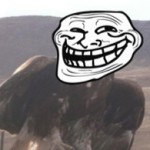

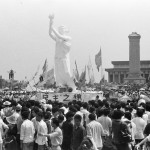
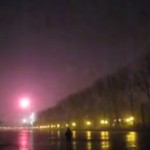
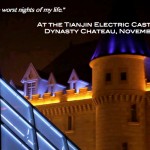



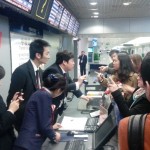
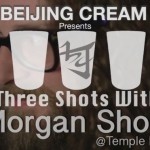

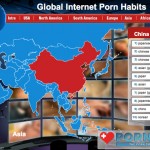

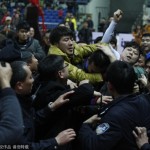
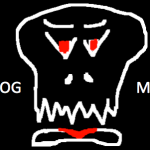

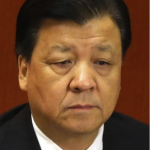
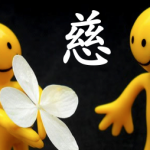
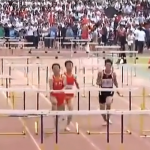


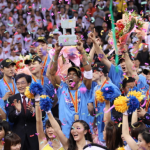
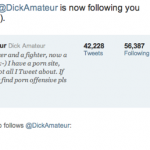

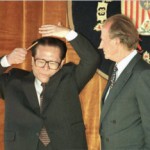

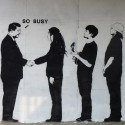
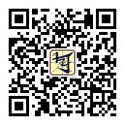
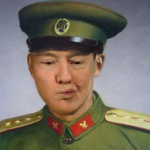
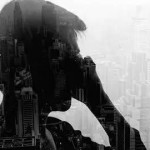
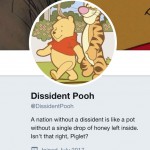



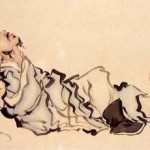

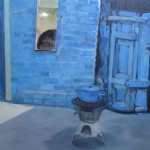

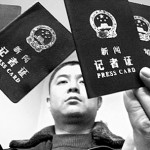

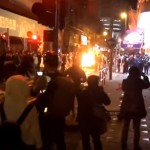

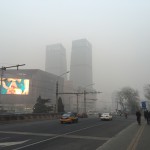

Hi. I’m an Asian dude who just watched this movie in Beijing yesterday. The points you raise are things that bugged me, yes, but overall Pacific Rim is great as an introduciton ot the giant robot vs monster genre so that doesn’t really bother me.
I’m used to hollywood asians being retards, so my expectations were already very low.
But as a fan of giant monsters and robots, I see Pacific Rim as something very special and worth watching. The retarded asian tropes of hollywood are outweighed by Pacific Rim being an ambassader of a genre that’s little seen in the US. But yes, the Soviet jaegers didn’t do shit and I’m already working on my own script hahah.
Also that Japanese girl is not attractive by Asian standards, and all it really gets Asians to say is “man, Americans have WEIRD taste in women!”
1. Don’t triplets tend to look the same? If you enjoy the irony, many people have confused the Australian dude and the American dude.
2. Wrt Hannibal Chau, Del Toro’s intentions were a) give the role to his buddy who can play comedy and b) use him as a contrast to the Kaiju so that audiences would be able to suspend their disbelief about the Kaiju. http://io9.com/you-dont-know-squat-about-pacific-rim-747018098. The part was never meant to pander to Chinese audiences, just Hellboy fans.
3. Del Toro, as a Mexican, probably has very different ideas about an immigration wall compared to the rest of Hollywood.
4. As a Chinese woman, I think Mako works on 2 levels. Either negatively on the level that the film feeds into stereotypes about submissive emotional Asian women or she works positively on the level that she defies the other common stereotype, ie grafting male machismo characteristics onto a woman means she is equal but only by goalposts defined by men. Perhaps its worth our while to use the discussion around this movie to redefine those goalposts and argue that women should not have to fit into either extreme in order to be considered “strong”.
Here’s some other things that are worth bringing up about the lack of ethnic diversity.
Clifton Collins Jr, who is Hispanic by descent, plays a Chinese American. Whut?
The one major region in the Pacific Rim not represented is Latin America. In a movie by a Mexican director. Whut?
I find it funny when Chines complain about how they are protrayed in Hollywood movies when Chinese movies often make foreigners as being either stupid or just wickedly evil. So its wrong for Hollywood to play to sterotypes but okay for Chinese to do it? I don’t think so.
Besides, its just a movie. The audience is creating issues where there probably aren’t any issues! The Chinese pilots are TRIPLETS!!!
Get over it.
What are you talking about? First of all, almost half the movies in China are Hollywood movies, so there are plenty of good images of foreigners in China.
Can you say the same about the US?
Also, the recent movie with Christian Bale (Flowers of War) had him as the hero and the main lead. There are many positive images of foreigners in Chinese films. Way more than what Hollywood puts in.
Anyway, I totally agree with the author. I’m so sick of these stereotypical movies. Hopefully with China’s market growing, the audience will also get sick of these overused portrayals and demand something better.
Yo, I’ve got an idea for a sci-fi movie about a white male and Asian female who enjoy a completely professional relationship founded on mutual respect. Looking for funding now — producers, get in touch with me!
Look I think pacific films stands out as a great movie. The monster vs robot, better yet apocalyptic Godzilla genere (a poor description lol), really comes alive. The action is fluid, machines badass and the monsters interesting and surprising at moments. In terms of the way ‘Hollywood’ portrays Asians, one must take in the broader context or backdrop of their contemporaries in the film. The English mathematician, the Aussie Jäger pilots and many others are all hallow, predicable and stereotypical characters.
I’m from the U.S., suburban kid who watched plenty of Hollywood movies throughout my time. Going into it any half intelligent boy girl, man woman knows what they take to see with a grain of salt. Then again, from the Asian audience perspective having an influx of Hollywood movies, shaped by completely different culture can and should illicit some sort of resistance or informed objection to what they are being presented with.
But people, is Pacific Rim really a case study for cultural understandings of two peoples? Maybe? I guess if you are the kind of people that invests their time and attention to a Hollywood film whose sole purpose was to create a nerdgasm for a generation that loves cgi robot battles.
What those outside the US, or better yet those who aren’t familiar with Hollywood themes and symbolism really buy way more into what they are seeing than part of the American public I grew up in. I live in New Jersey, went to college with fellow Asian students of all different nationalities, and my perception of who they are, what their culture is about dissolves the moment I hear the person speak in class or have a conversation.
You people, smart people need to invest your attention and intelligence in more fruitful debates and themes beyond pacific rim. The question to ask is are you really interested in understandin why things are the way they are in these films, or is it a platform for rabble for people who like to rabble.